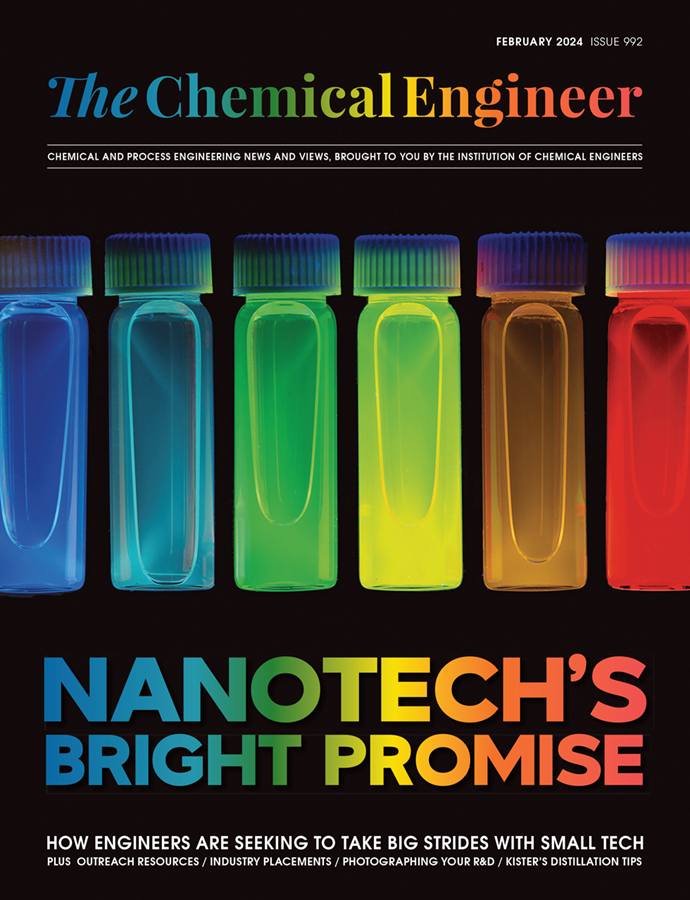Rio Tinto will spend US$1bn on reducing emissions
Forms part of plans to reach net zero carbon by 2050

RIO Tinto has announced that it will spend US$1bn over the next five years to reduce its carbon footprint as part of plans to get to net zero by 2050.
The US$1bn will be invested in emissions reduction projects, R&D, and enhancing climate change resilience. As part of an ambition to reach net zero emissions by 2050, the company has also said that it plans to reduce emissions by 15% – which equates to 4.8m t CO2e – by 2030 compared to 2018 levels. It is also aiming to reduce the carbon intensity of its operations by 30% for the same time period. This will mean that the company will need carbon-neutral growth up to 2030.
Julian Kettle, Vice Chairman of Metals and Mining at Wood Mackenzie, said: “The announcement by Rio Tinto regarding its plans to decarbonise is a small but significant step in the right direction. However, changes need to be far bolder at a corporate, government and societal level. Setting Rio Tinto’s US$1bn in context, this represents just 16% of the dividend it distributed in 2019 or just under 5% of its reported EBITDA of US$21.2bn for the same year.”
Rio’s climate report, published the same day as the financing announcement, outlines four areas where the company can work to meet its target. The report describes how Rio will provide the metals and minerals needed in the transition to a low-carbon economy, such as electric vehicles needing more copper than conventional ones.
One of the ways that Rio will reduce the emissions of its operations is by deploying more renewable power projects. Currently, 76% of its operations are powered by renewable energy, but its iron ore business in Pilbarra, Australia, uses natural gas to power the mines and processing plants. One of Rio’s planned renewable projects is a US$100m solar plant at the Koodaideri mine in Pilbara. It is also attempting to reduce emissions from aluminium production, which releases emissions during the smelting process due to the degradation of a carbon anode. In 2018, the company announced that it was developing carbon-free aluminium smelting technology which has now been piloted successfully.
This article is adapted from an earlier online version.
Recent Editions
Catch up on the latest news, views and jobs from The Chemical Engineer. Below are the four latest issues. View a wider selection of the archive from within the Magazine section of this site.




